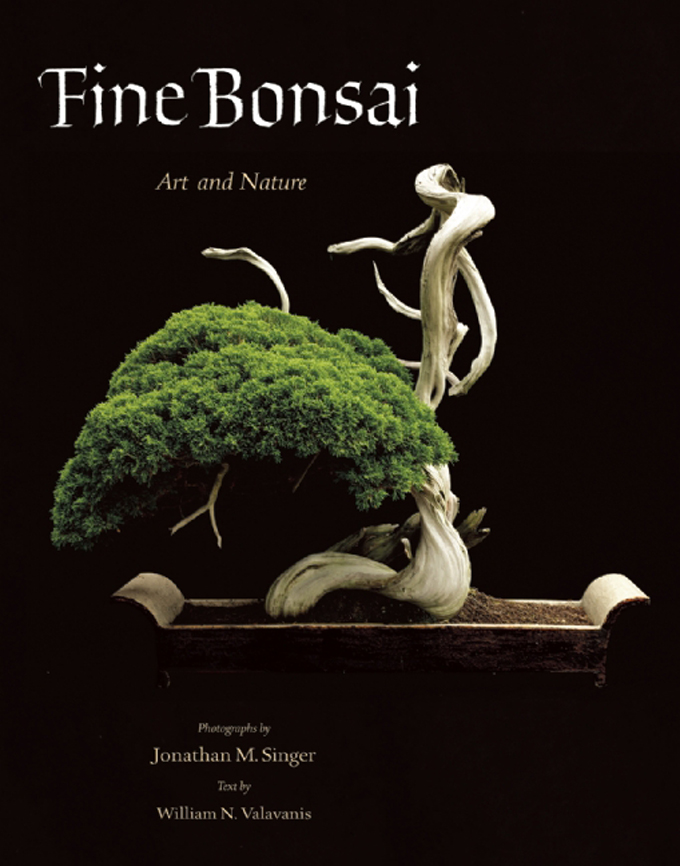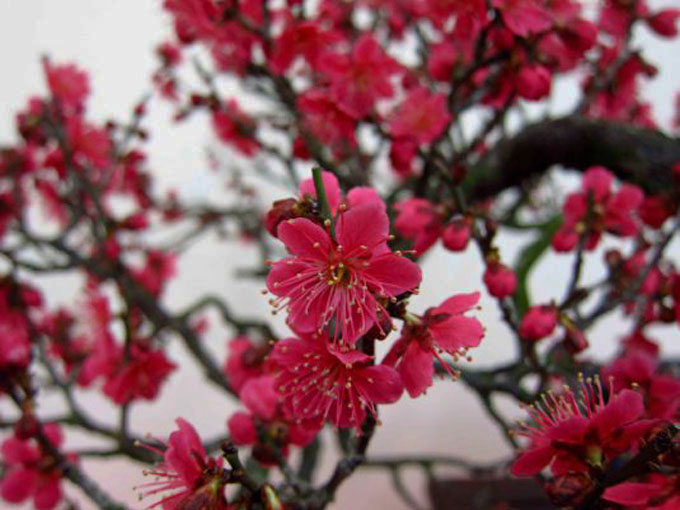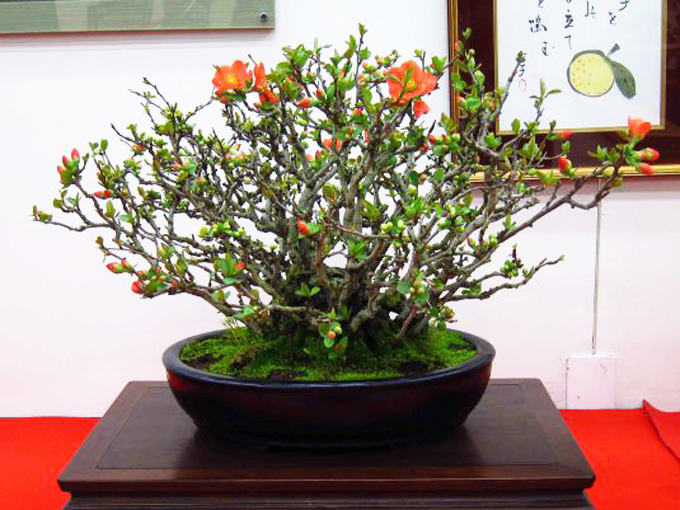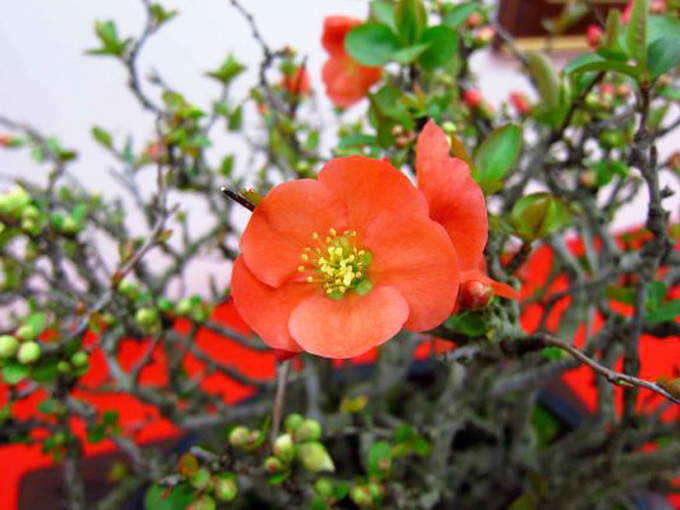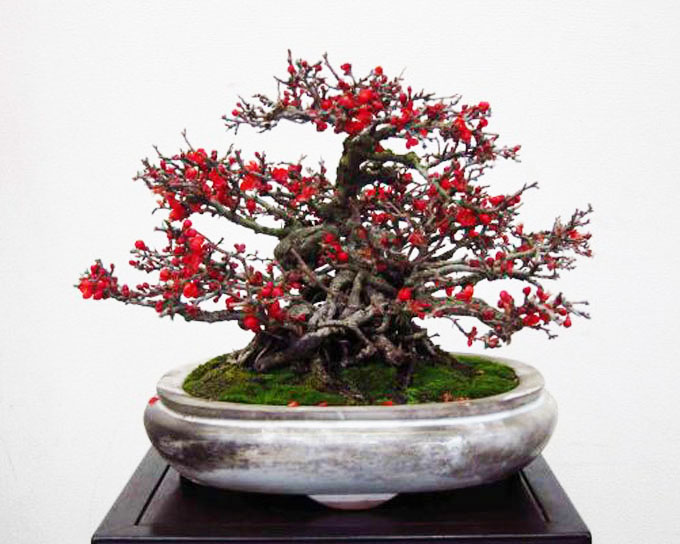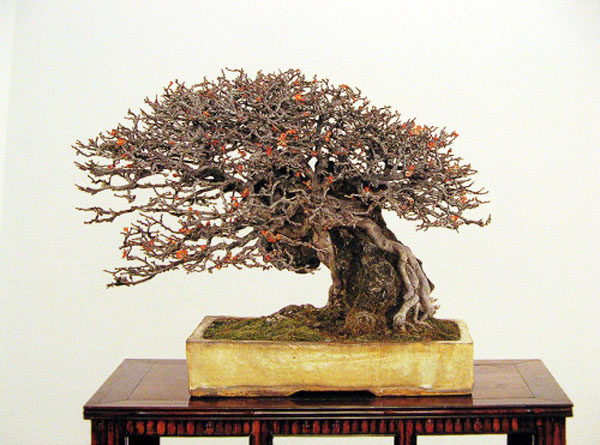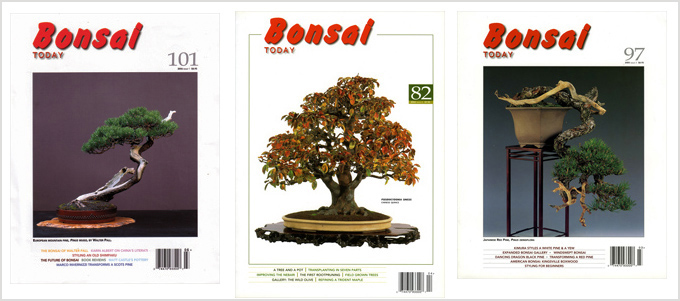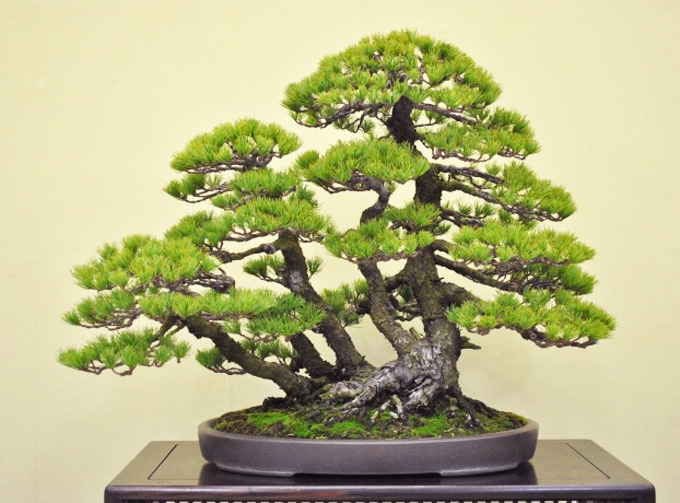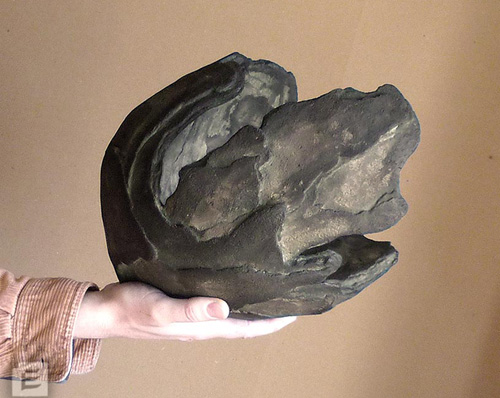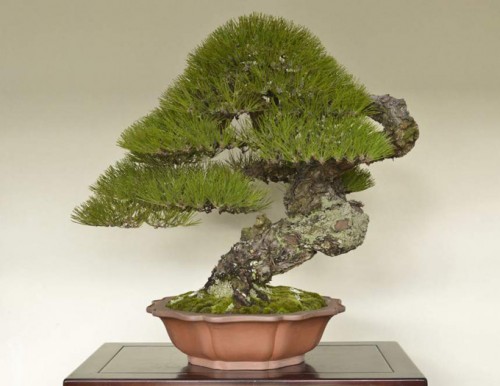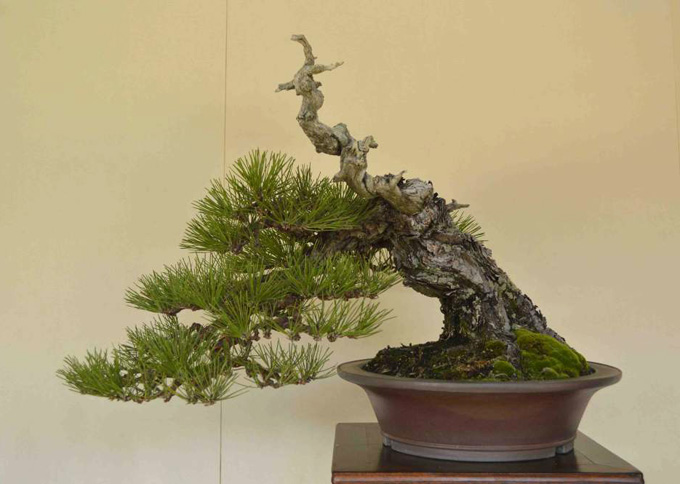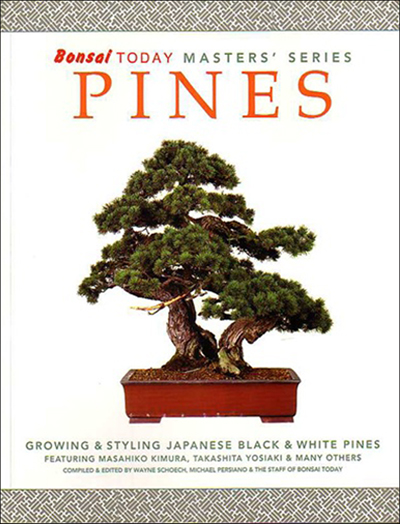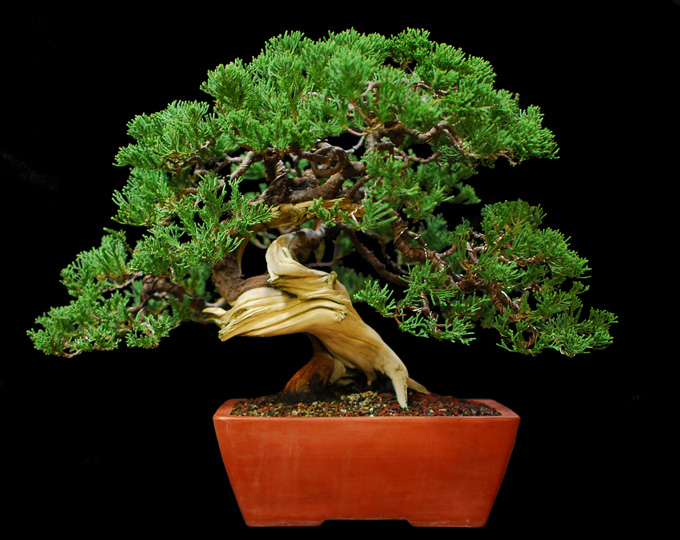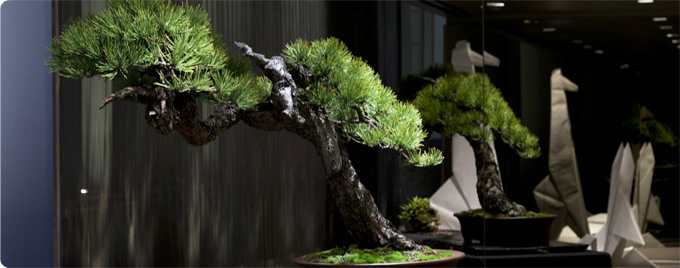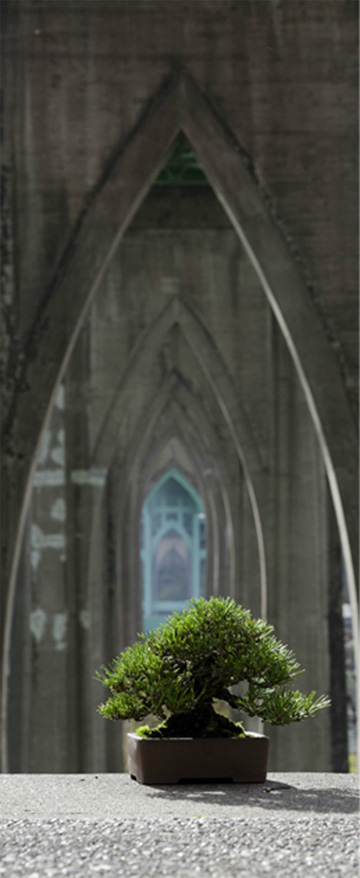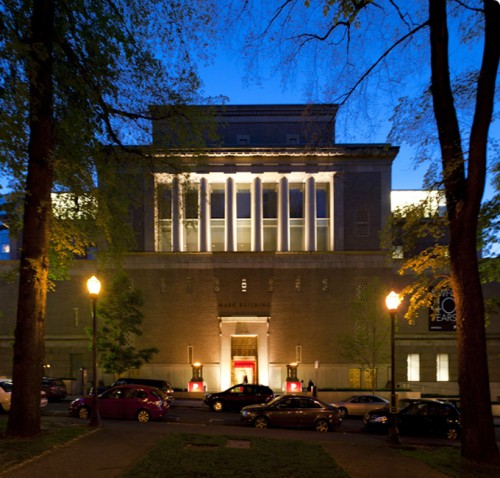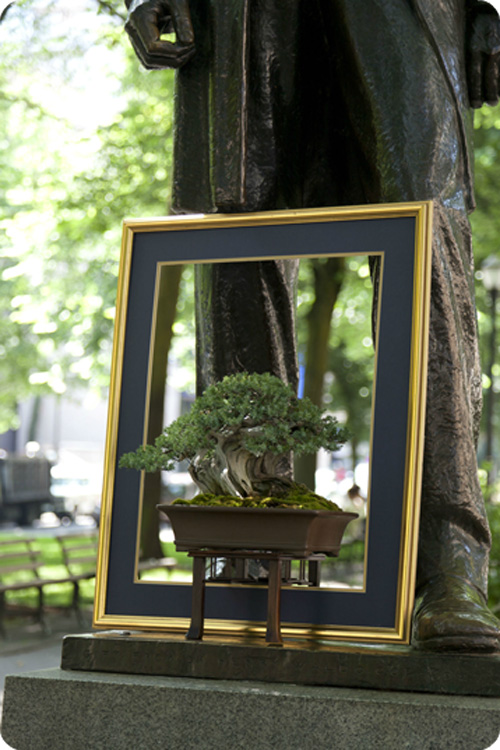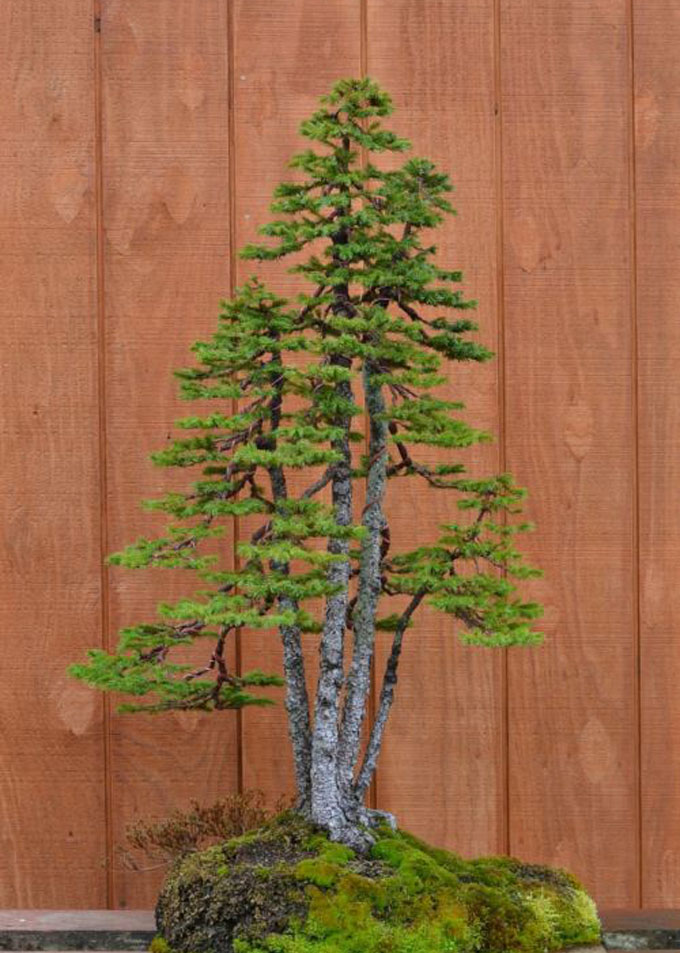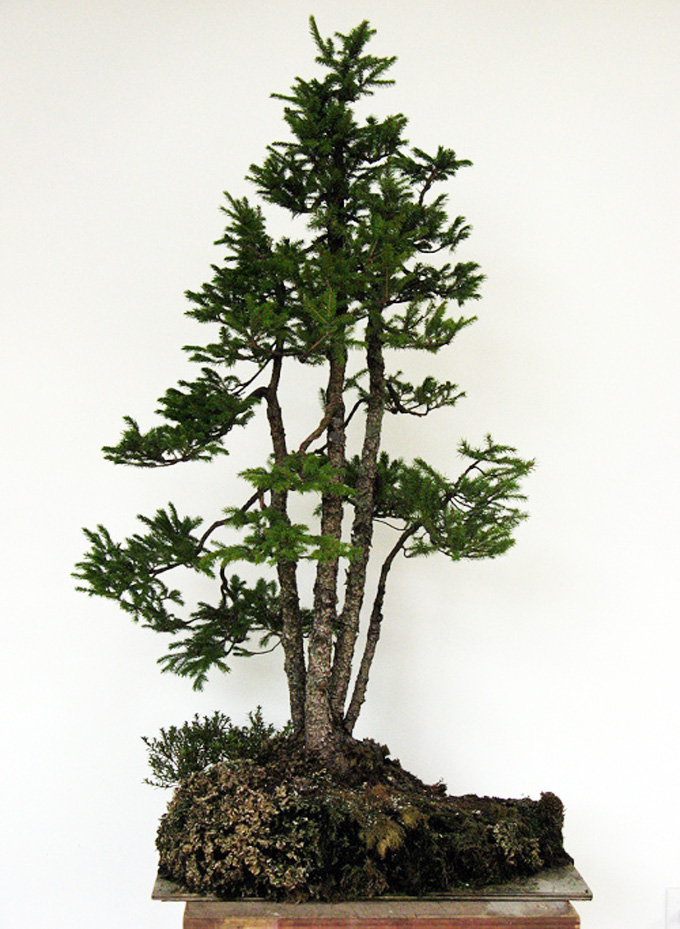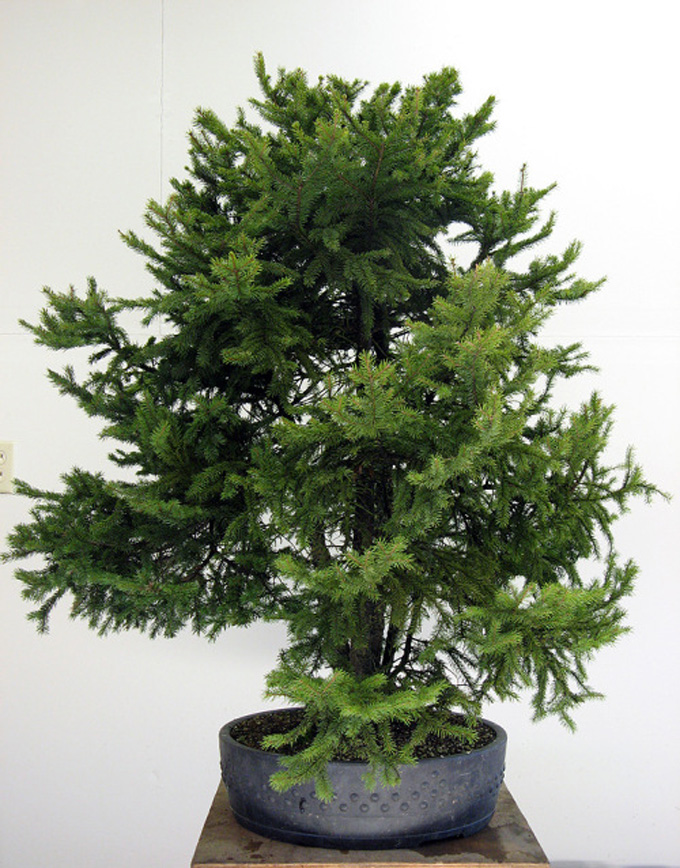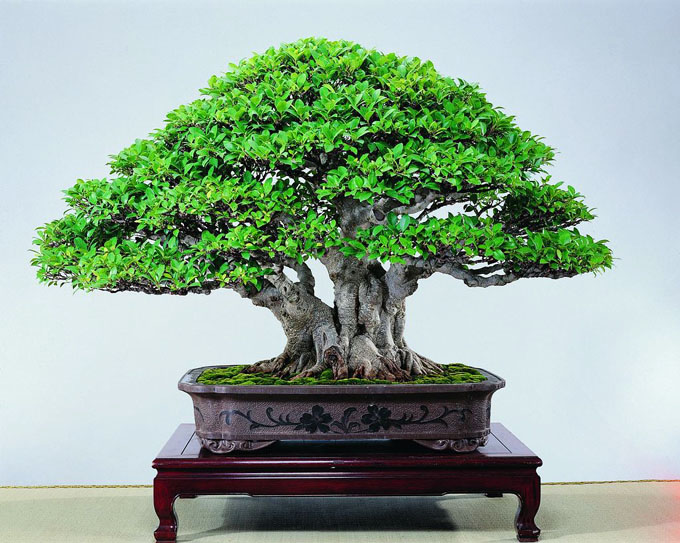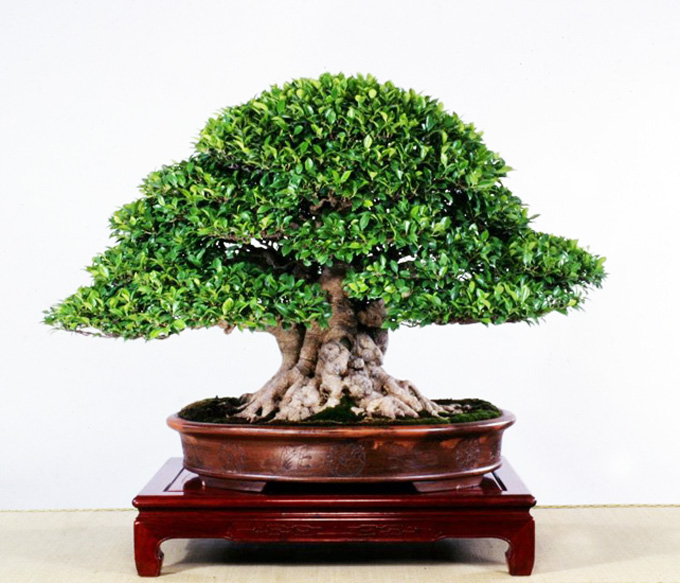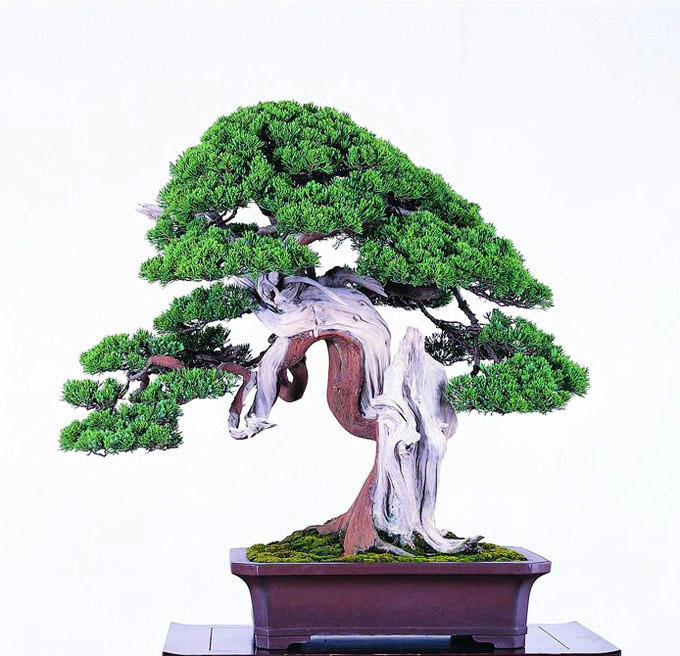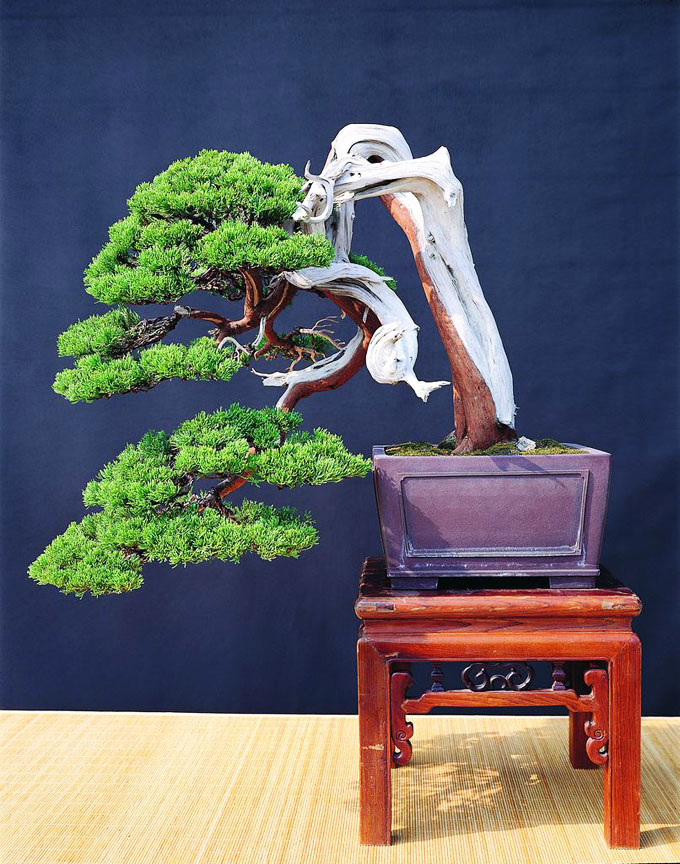 The day has barely started and I’m already running out of superlatives. I guess ‘spectacular’ will do in this case. It’s a Korean hornbeam (Carpinus turczaninowii) by Ian Stewartson. The photo is from Bonsai Art’s website.
The day has barely started and I’m already running out of superlatives. I guess ‘spectacular’ will do in this case. It’s a Korean hornbeam (Carpinus turczaninowii) by Ian Stewartson. The photo is from Bonsai Art’s website.
Bonsai Art magazine is very well named. As bonsai magazines go, it is as well-done, beautiful and professional as they come (taking nothing nothing away from International Bonsai Magazine and several other good ones). The problem, for most of us at least, is that it’s in German. But really, the photos and overall presentation are so good that maybe the language isn’t as important as you might think. And then there’s always freetranslation.com, though typing German text and then getting bad machine translations might not be your thing. But anyway, it’s a beautiful magazine and I’m always delighted when mine arrives.
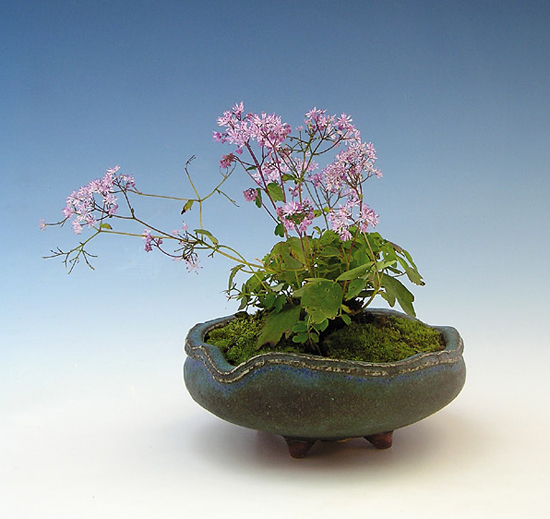 It has been a while since we’ve featured kusamono (companion plantings, or herbaceous plants in bonsai containers when they stand alone). This Thalictrum (Meadow-rue), also from Bonsai Art’s website, belongs to Wolfgang Putz.
It has been a while since we’ve featured kusamono (companion plantings, or herbaceous plants in bonsai containers when they stand alone). This Thalictrum (Meadow-rue), also from Bonsai Art’s website, belongs to Wolfgang Putz.
 Okay, the trunk is massive for sure, but there’s much to this tree (think ramification, among other things). It’s another Korean hornbeam (Carpinus turczaninowii). This one belongs to Mario Komsta and the photo like the others shown here is from Bonsai Art’s website. The smaller bonsai looks like a Shimpaku.
Okay, the trunk is massive for sure, but there’s much to this tree (think ramification, among other things). It’s another Korean hornbeam (Carpinus turczaninowii). This one belongs to Mario Komsta and the photo like the others shown here is from Bonsai Art’s website. The smaller bonsai looks like a Shimpaku.
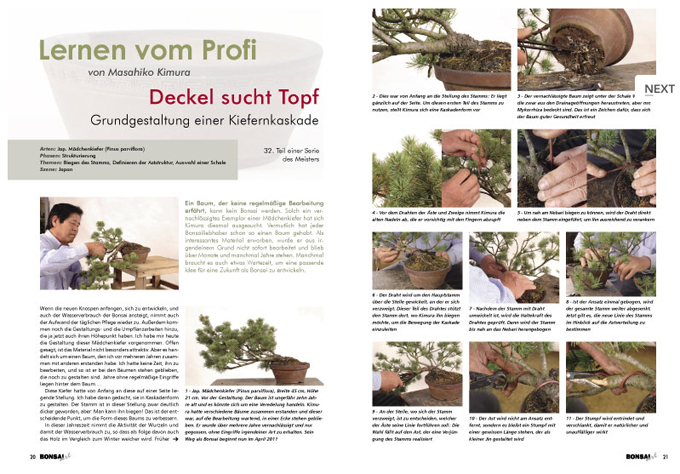 Learning from the Professor (Masahiko Kimura). This is a pretty good example of what a spread in Bonsai Art might look like.
Learning from the Professor (Masahiko Kimura). This is a pretty good example of what a spread in Bonsai Art might look like.
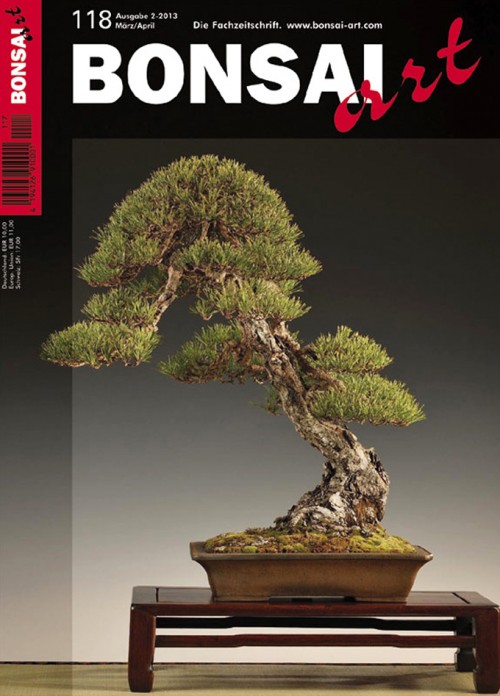 Bonsai Art’s latest cover. The tree, a Scots pine (Pinus sylvestris), won a special prize at the 2013 Noelander’s Exhibition. It resides at the Bonsai Museum in Dusseldorf. The artist is David Benavente.
Bonsai Art’s latest cover. The tree, a Scots pine (Pinus sylvestris), won a special prize at the 2013 Noelander’s Exhibition. It resides at the Bonsai Museum in Dusseldorf. The artist is David Benavente.


